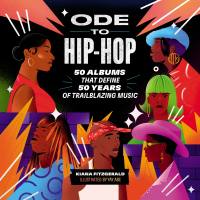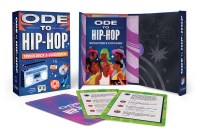An Ode to Hip-Hop Fashion
Despite their disparity in age and birthplace, high fashion and hip-hop go hand in hand. With their music providing the perfect runway – so to speak – for hip-hop artists to make waves in the fashion industry and beyond, it’s no wonder so many have made their mark on the culture. As hip-hop celebrates its 50th anniversary this year, let’s look back at a few of its most iconic cuts…of cloth, that is.
Welcome to an ode to hip-hop fashion!
WU WEAR: The Wu-Tang Clan’s iconography is on another level. The infamous W, designed by RZA’s associate Mathematics, is now well known. What started out as a sketch in 1991 became one of the most recognizable logos in hip-hop history. It is used liberally across the Wu-Tang Clan’s clothing line, Wu Wear, established in 1995.
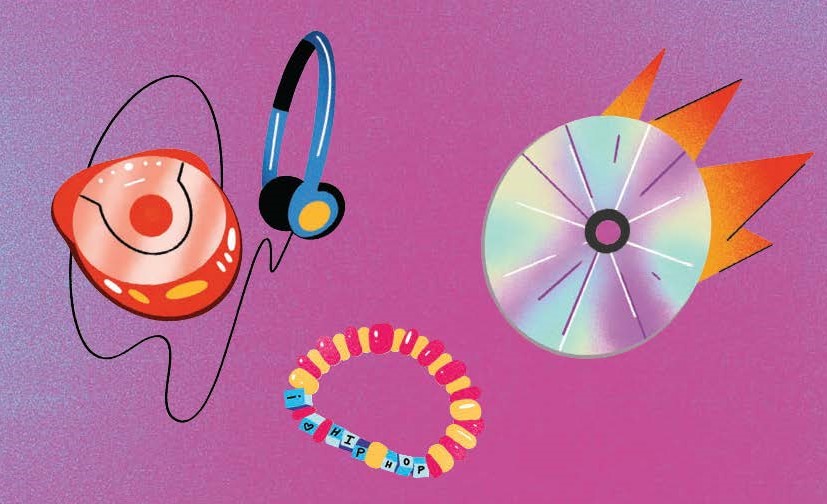
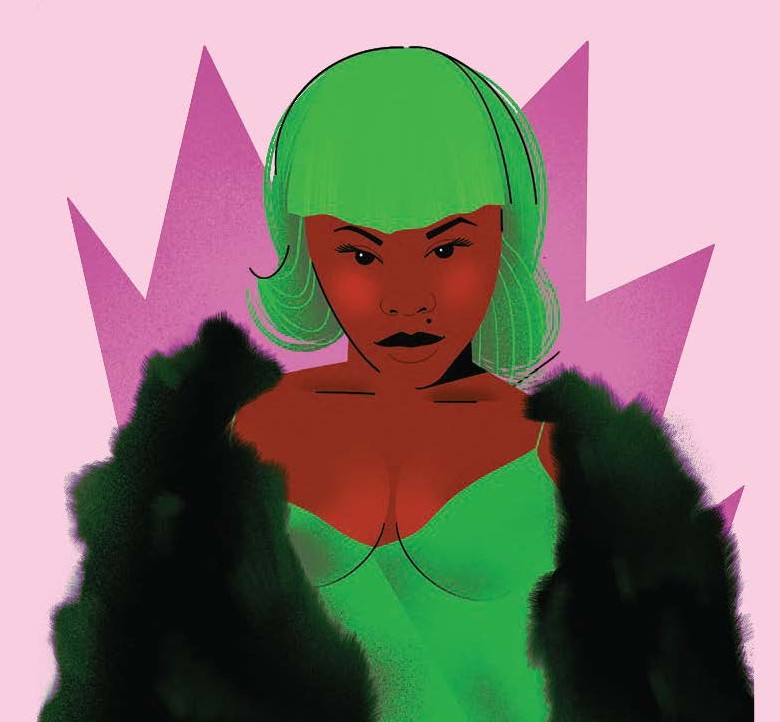
THE QUEEN BEE OF FASHION: Since the moment the world laid eyes on Lil’ Kim, she’s been a fashion icon. With an abundance of colorful wigs, which had never been seen in hip-hop before, and revealing outfits that demanded attention, Kim established a precedent for artists like Megan Thee Stallion and Cardi B to be as sexy and innovative as she was and remains to be.
THE BANDANNA: Whether he was wearing Karl Kani’s hip-hop-inspired clothing, or workwear of the Dickies or Carhartt variety—or no shirt at all, with his “Thug Life” tattoo exposed—2Pac’s signature bandanna was almost always wrapped around his head.
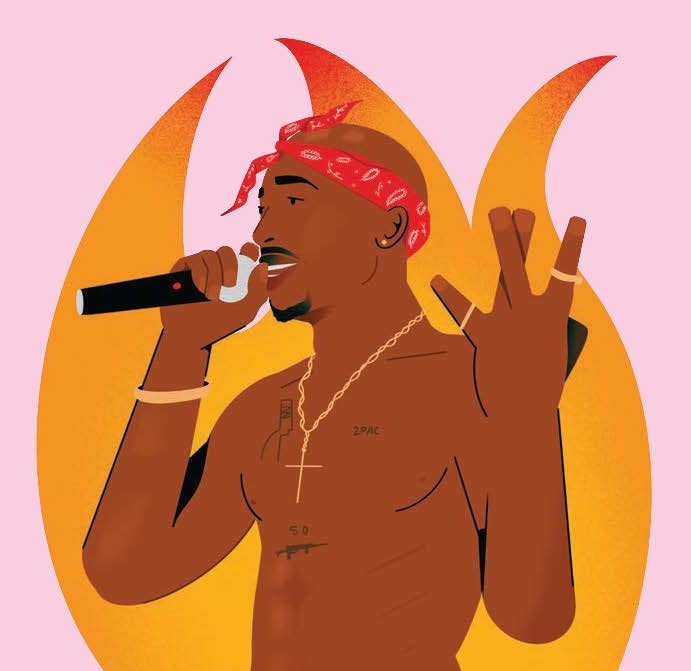
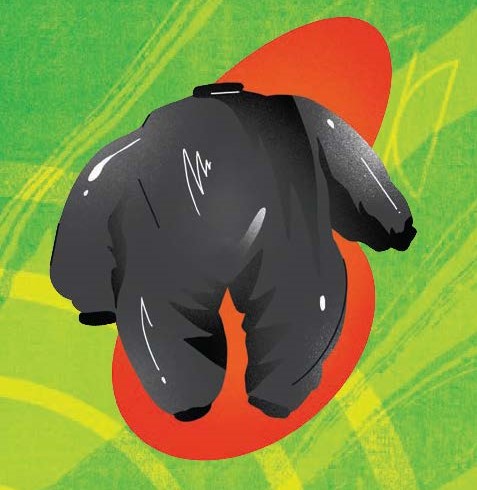
FROM JUMPSUIT TO TRACKSUIT: In the music video for her debut solo single, “The Rain (Supa Dupa Fly),” Missy Elliott famously wore an inflatable patent-leather jumpsuit, which many assumed to be a very stylish trash bag. Since that iconic fit and that classic moment, Missy has only leveled up in her fashion choices, both IRL and in her music videos.
THE HARAJUKU BARBIE ERA: Nicki Minaj was well known in the late aughts and early 2010s for wearing a variety of colorful wigs and attention-grabbing outfits. The rapper was inspired by the popular street fashion scene found near the Harajuku Station in Tokyo.
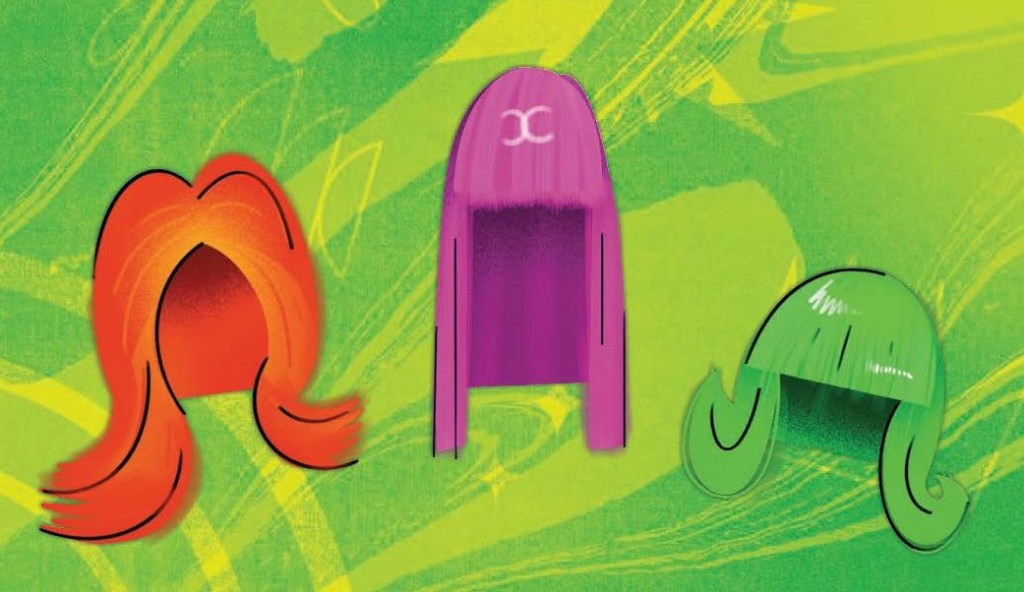
Whether you’re now interested in brightly-colored bandanas or ready to add a patent leather jumpsuit to your wardrobe, there’s no denying the effect that hip-hop’s had on fashion at large. Learn more about its impact across the last fifty years in Kiana Fitzgerald’s Ode to Hip-Hop, available wherever books are sold.
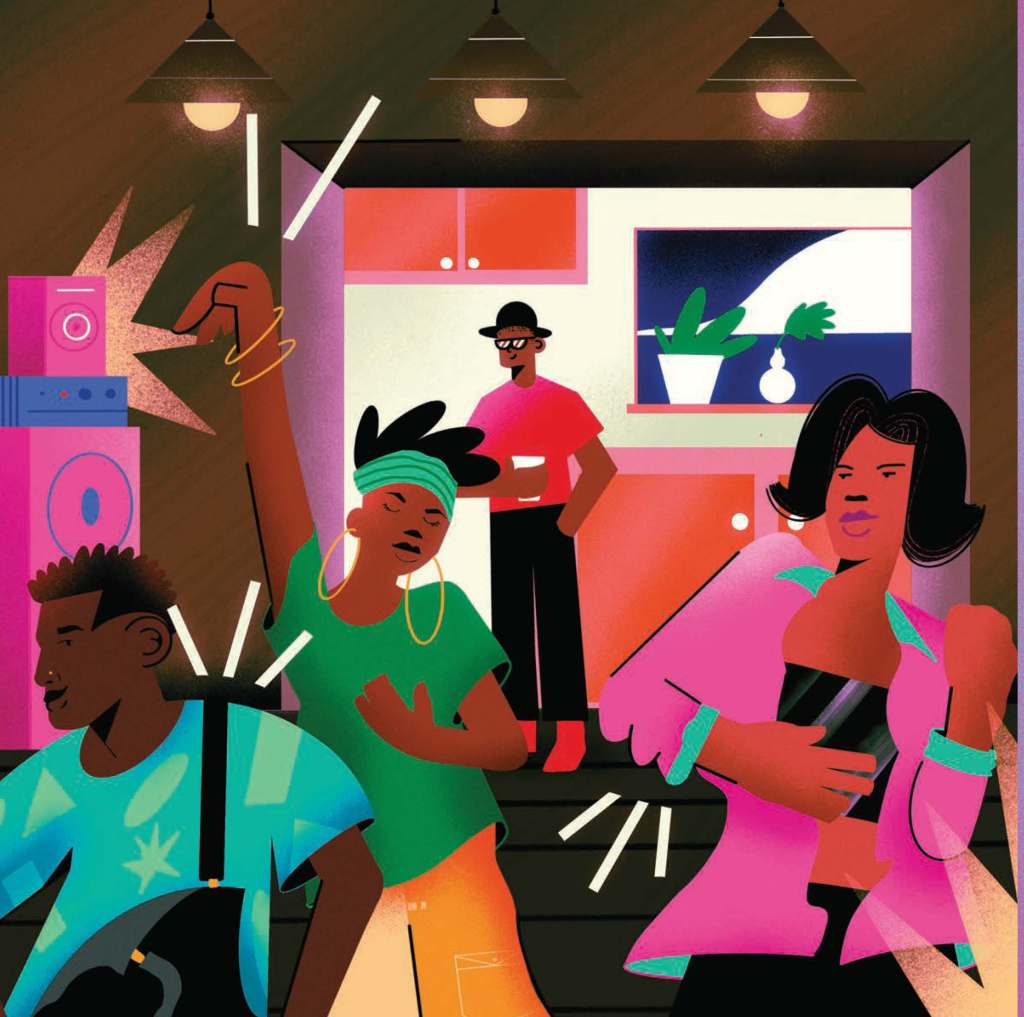
Featured Titles
Text taken from and inspired by Kiana Fitzgerald’s Ode to Hip-Hop: 50 Albums That Define 50 Years of Trailblazing Music.
